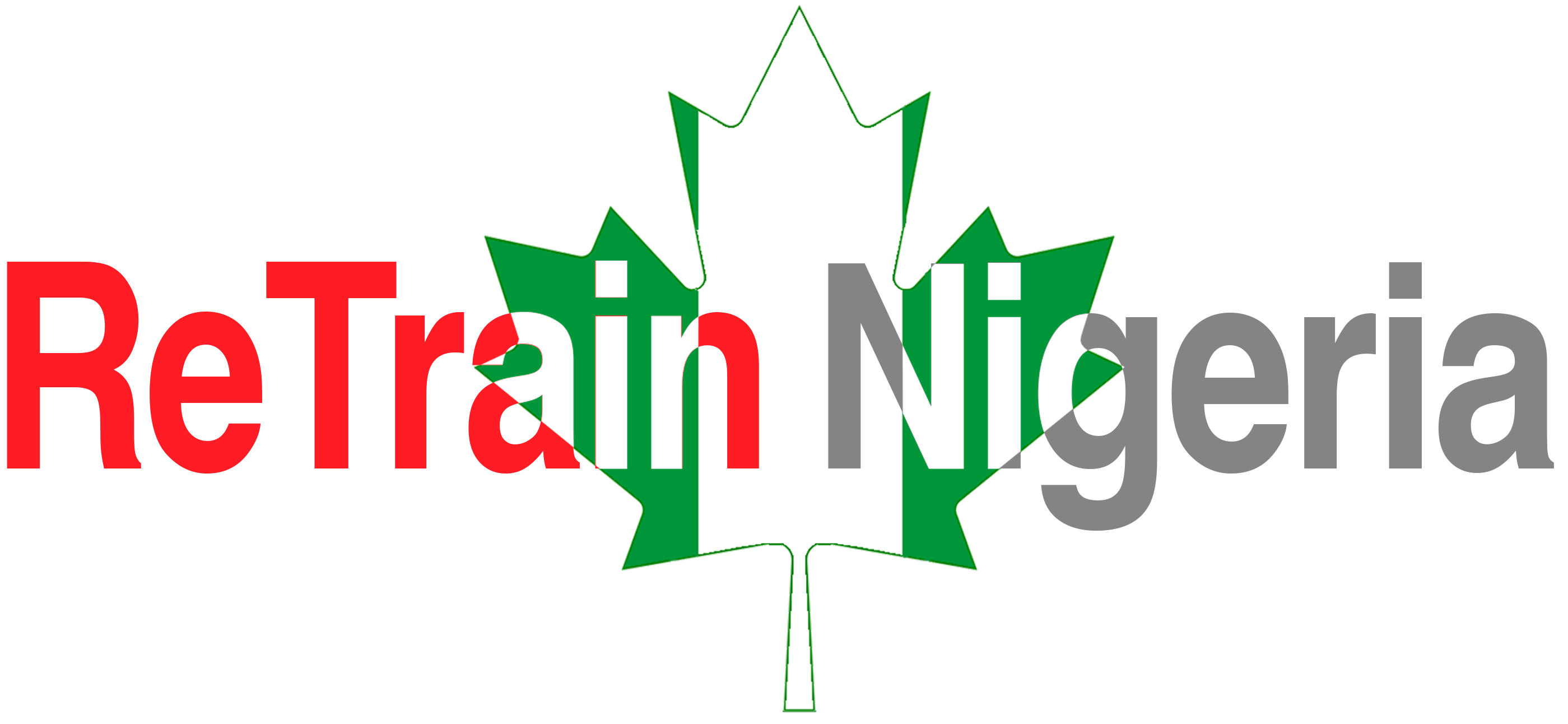Boosting Employee Performance Through Custom Learning Solutions
Custom learning solutions (CLS) represent a strategic shift from the traditional “one-size-fits-all” training model to a tailored approach that directly addresses the unique needs of organisations and their employees. By designing and developing programmes specific to individual roles, skill gaps and learning preferences, organisations can achieve a measurable increase in productivity and optimise resource allocation.
Why Custom Learning Matters for Business Results
Simply recommending generic courses to employees is inefficient. It’s akin to providing everyone with the same tool regardless of their specific task. Custom learning, however, allows organisations to pinpoint the exact skills required for each role, resulting in targeted skill development and a direct impact on the bottom line.
Now that we have figured out why it matters for business results, let’s talk about how custom learning drives organisational success.
- Personalised learning paths for enhanced engagement: CLS allows for the creation of learning paths tailored to individual responsibilities, identified skill gaps and learning preferences. For example, instead of sending all sales staff to a generic sales training course, a company might create specialised modules focusing on specific product knowledge for technical sales and relationship building for account managers. This personalised approach increases engagement and knowledge retention.
- Boosting engagement and motivation through interactive learning: Customised content, personiled sessions with tutors and interactive elements make learning more engaging and enjoyable. Incorporating real-world scenarios and practical applications enhances knowledge retention and allows employees to immediately apply their learning. For example, simulation-based training for customer service representatives, to improve their handling of difficult customers.
- Measurable results and data-driven improvement: CLS often includes built-in analytics and assessment tools that track employee progress and programme effectiveness. This data allows organisations to identify areas for improvement and refine their training programmes. For instance, a company could track the improvement in customer satisfaction scores following a customer service training programme.
- Alignment with organisational culture and goals: CLS can be designed to reflect an organisation’s unique culture, values and goals, ensuring that training aligns with the company’s core beliefs and contributes to its strategic objectives.
- Adaptability and flexibility for evolving needs: CLS can be rapidly updated to reflect changes in technology, industry trends or organisational needs, ensuring that employees have access to the most relevant and up-to-date information.
Whilst we have been able to discuss why CLS matters to businesses, we should also discuss some challenges that come with it. The benefits of CLS are no doubt significant but CLS also comes with challenges if improperly executed. Organisations should be aware of these potential challenges:
- Initial investment: Developing customised programmes requires an initial investment of time and resources. However, the long-term benefits of increased productivity and reduced errors outweigh the initial costs.
- Ongoing evaluation and refinement: CLS programmes require ongoing evaluation and refinement to ensure effectiveness. Regular feedback and data driven analyses are essential for continuous improvement.
- Content Updates: Keeping the content up to date requires a notable human capital or even a team.
To sum it all up, custom learning solutions are not just a trend; they are a strategic imperative for organisations seeking to maximise employee performance and achieve business objectives. By prioritising relevance, engagement and practical application, organisations can empower employees to take ownership of their development and create a more skilled, engaged and high-performing workforce. Investing in custom learning is definitely a positive and investment in the future of the organisation.

